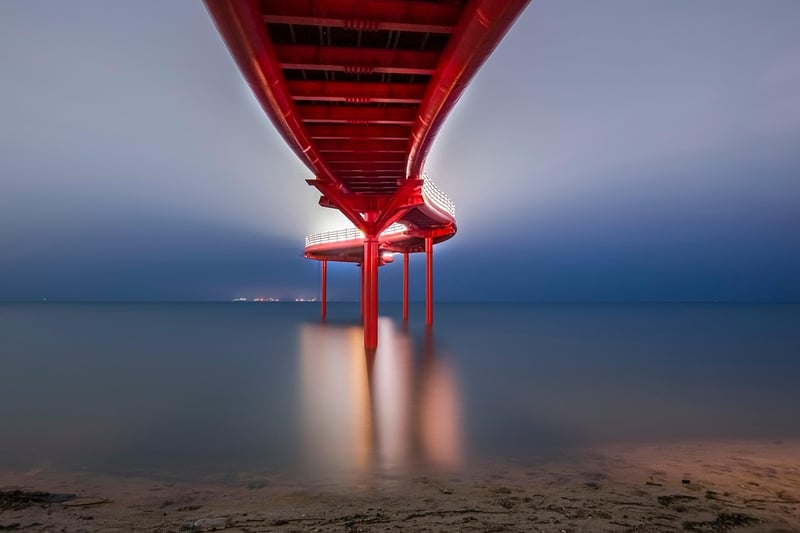Outdoor structures
Growing Plants Vertically: Utilizing Outdoor Structures
Vertical gardening is a fantastic way to maximize space and create a visually appealing garden. By utilizing outdoor structures, you can grow a variety of plants in a vertical arrangement, adding both function and beauty to your outdoor space. Let's explore how you can implement vertical gardening using different structures.
Trellises
Trellises are versatile structures that provide support for climbing plants such as vines, tomatoes, and peas. They can be freestanding or attached to walls or fences, adding a vertical element to your garden. Trellises come in various materials like wood, metal, or bamboo, allowing you to choose one that complements your garden's aesthetics.

Vertical Planters
Vertical planters are an excellent choice for growing herbs, flowers, and small vegetables in a limited space. These planters can be mounted on walls or fences, or even hung from hooks, bringing greenery to areas where traditional gardening might not be feasible. Vertical planters come in various sizes and designs, allowing you to create a customized garden display.

Living Walls
Living walls, also known as green walls, are vertical structures covered in plants that can transform any outdoor space into a lush oasis. These walls can be created using modular panels or DIY systems, providing a stunning backdrop for your garden while improving air quality and insulation. Living walls are perfect for those looking to add a touch of nature to urban environments.

Arbors and Pergolas
Arbors and pergolas not only add architectural interest to your outdoor space but also provide vertical growing opportunities. These structures can support climbing plants like roses, wisteria, or grapes, creating a stunning focal point in your garden. Arbors and pergolas offer shade, privacy, and a vertical element that enhances the overall design of your outdoor area.

Whether you have a small balcony or a spacious backyard, incorporating vertical gardening using outdoor structures can elevate your gardening experience. Experiment with different structures and plant combinations to create a green oasis that is both functional and visually appealing.
Remember to consider factors such as sunlight exposure, watering needs, and plant compatibility when designing your vertical garden. With the right structures and care, you can enjoy a thriving vertical garden that brings beauty and nature into your outdoor living space.
